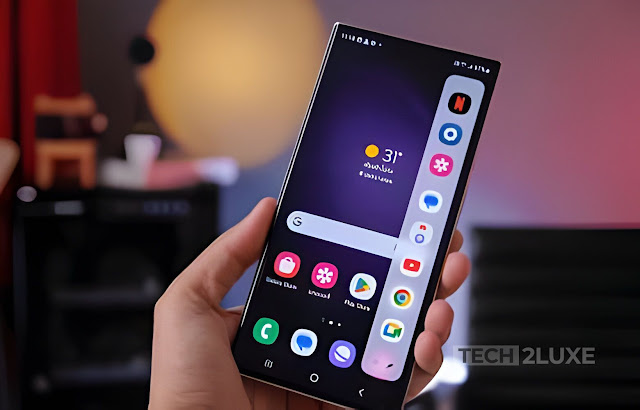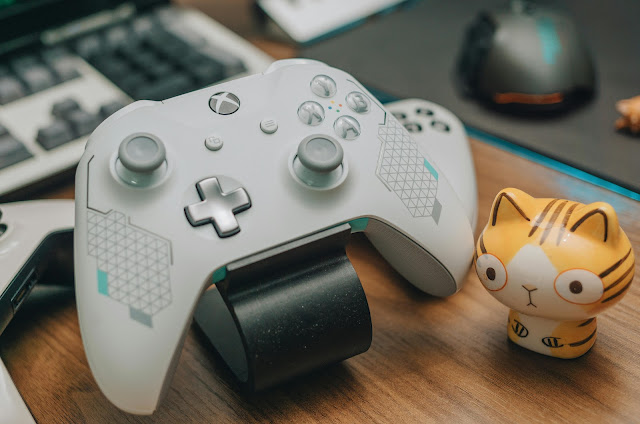The Financial Burden of Keeping up with the Latest Wearable Technology Trends
Introduction
With the rapid advancement of technology, the world of wearable devices has become increasingly popular over the years. From smartwatches to fitness trackers, these gadgets have revolutionized the way we live and interact with technology. However, keeping up with the latest wearable technology trends can come with a hefty price tag, often placing a significant financial burden on individuals. In this article, we will explore the costs associated with staying up-to-date with the latest wearable technology and discuss strategies for managing this financial burden.
Latest Wearable Technology
The world of wearable technology is constantly evolving, with new devices and features being introduced regularly. Smartwatches, fitness trackers, virtual reality headsets, and augmented reality glasses are just a few examples of the wearable devices that have gained popularity in recent years. These devices offer a wide range of functionalities, from tracking your fitness goals to receiving notifications and accessing apps on the go.
Wearable Technology Trends
As technology continues to advance, wearable devices are becoming more sophisticated and feature-rich. Some of the latest trends in wearable technology include:
- Health Monitoring: Wearable devices with advanced health monitoring capabilities, such as heart rate monitoring, sleep tracking, and blood pressure monitoring, are gaining popularity.
- Smart Clothing: Clothing items embedded with sensors and smart fabrics that can track body temperature, movement, and even analyze biometric data.
- Augmented Reality (AR) Glasses: AR glasses, such as Google Glass and Microsoft HoloLens, enable users to overlay digital information onto the real world, enhancing the way we interact with our surroundings.
- Smart Jewelry: Fashionable accessories that integrate technology, such as smart rings, bracelets, and necklaces, which can track fitness metrics or receive notifications.
- Virtual Reality (VR) Headsets: VR headsets, like the Oculus Rift and HTC Vive, provide users with immersive virtual experiences, allowing them to explore virtual worlds and play games.
Keeping up with Trends
While staying up-to-date with the latest wearable technology trends can be exciting and beneficial, it can also be financially challenging. Here are some strategies to help manage the financial burden:
1. Set a Budget
Determine how much you are willing to spend on wearable technology and set a budget accordingly. Consider your overall financial situation and prioritize your needs and wants. This will help you make informed decisions and avoid overspending.
2. Research and Compare Prices
Before making a purchase, take the time to research and compare prices of different wearable devices. Look for discounts, promotions, or refurbished options that can help you save money. Additionally, read reviews and compare features to ensure you are getting the best value for your money.
3. Prioritize Functionality
Consider the functionalities that are most important to you and choose a wearable device that aligns with your needs. By prioritizing functionality, you can avoid paying for unnecessary features and select a device that provides the most value for your specific requirements.
4. Consider Buying Previous Generation Models
Instead of purchasing the latest model, consider buying previous generation models of wearable devices. While they may not have all the newest features, they often come at a lower price point and still offer most of the essential functionalities.
5. Look for Alternatives
Explore alternative brands or less popular models that offer similar functionalities. Some lesser-known brands may offer competitive options at a fraction of the cost of well-known brands. Keep an open mind and try out different devices before making a final decision.
6. Take Advantage of Trade-In Programs
Some retailers and manufacturers offer trade-in programs where you can exchange your old wearable device for a discount on a new one. This can help offset the cost of upgrading to the latest model and make it more affordable.
7. Consider Second-Hand Options
If budget is a constraint, consider purchasing second-hand wearable devices. Online marketplaces or local buy-and-sell groups often have listings for used devices at lower prices. Make sure to thoroughly assess the condition of the device before making a purchase.
8. Avoid Impulse Buying
Don't feel pressured to buy the latest wearable device as soon as it hits the market. Take the time to evaluate whether it aligns with your needs and budget. Avoid impulse buying and wait for discounts or promotions if the device is not urgently required.
9. Sell or Trade-In Your Old Devices
Instead of keeping your old wearable devices unused, consider selling or trading them in. Some retailers or online platforms offer trade-in programs or allow you to sell your old devices. This can provide extra funds towards purchasing the latest wearable technology.
10. Research Future Trends
Stay updated on upcoming wearable technology trends. By having knowledge of what is on the horizon, you can make informed decisions about when to invest in new devices and when to wait for the next big thing. Keeping an eye on technology news and attending industry events can help you stay ahead of the curve.
Conclusion
Keeping up with the latest wearable technology trends can be an exciting yet financially challenging endeavor. However, by setting a budget, researching prices, prioritizing functionality, and considering alternative options, you can manage the financial burden associated with staying up-to-date. Remember to make informed decisions based on your specific needs and financial situation. With careful planning, you can enjoy the benefits of wearable technology without breaking the bank.






